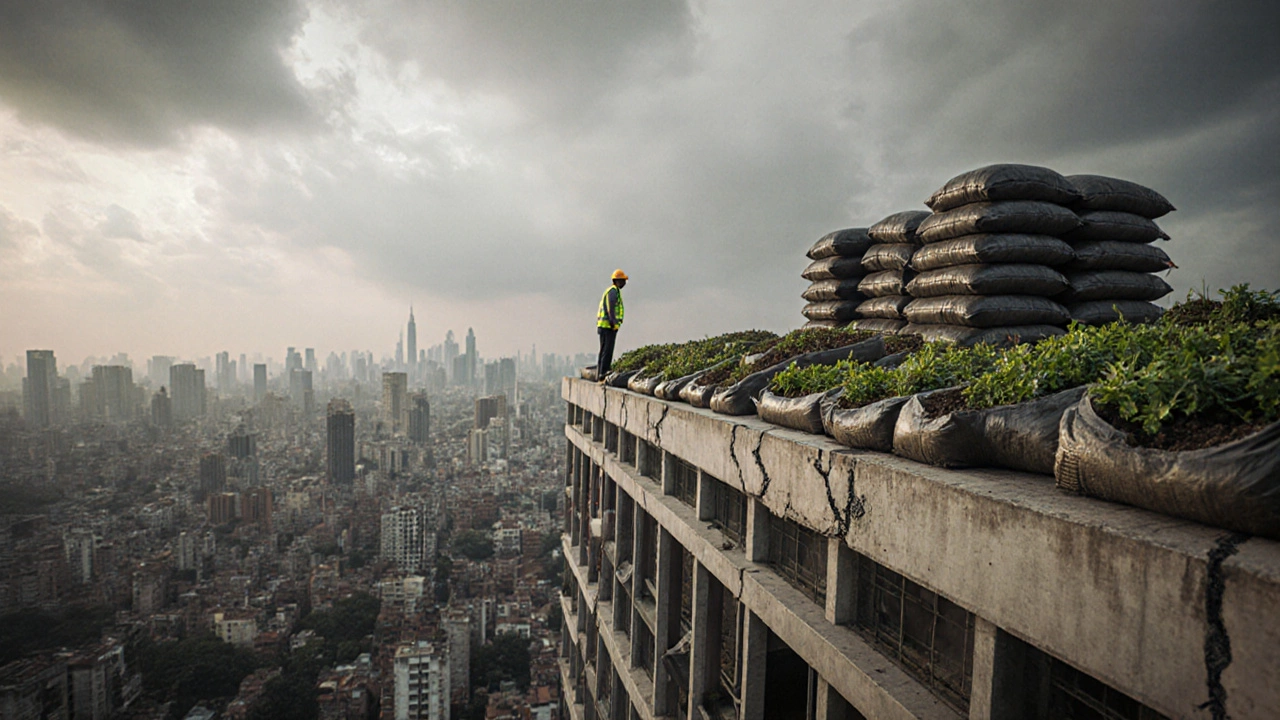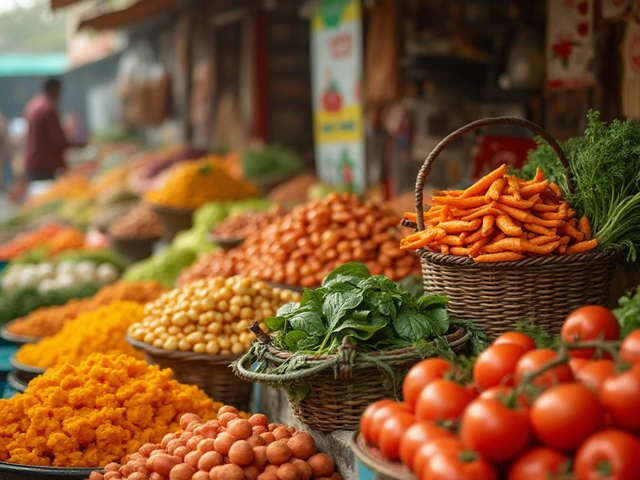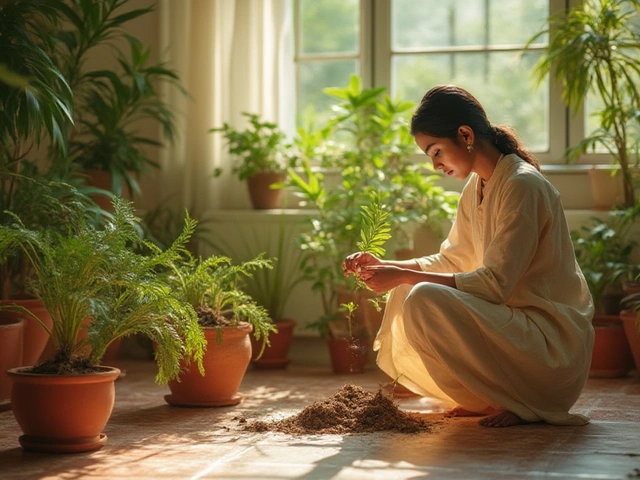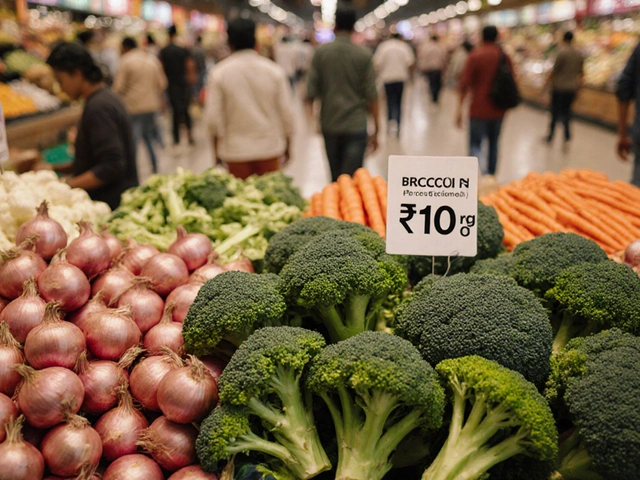Urban Gardening Disadvantages: What You Need to Know
If you love fresh veggies but live in a cramped city flat, you’ve probably thought about growing your own food on a balcony or rooftop. Urban gardening sounds great, but it comes with a set of hidden headaches that many beginners overlook. Before you spend money on pots and soil, let’s look at the real obstacles so you can plan smarter.
Space and Soil Limits
First off, city spaces are tiny. A balcony might only fit a few 5‑liter pots, and rooftops often have weight restrictions that bar heavy containers or raised beds. Less space means fewer plant varieties, and you’ll end up growing only the most compact crops. Soil is another pain point – you can’t just dig deep, so you rely on bagged mixes that may lack the nutrients of natural earth. Over‑time those mixes break down, and you’ll need to replace them more often than in a backyard garden.
Cost, Water, and Maintenance
Because you can’t use ground soil, you’ll buy premium potting mixes, drainage trays, and sometimes even lightweight soil substitutes. Those costs add up quickly, especially if you’re rotating crops every season. Watering is trickier too. Without a rain‑catch system, you’ll rely on a hose or bucket, and the limited soil volume means plants dry out fast. That leads to frequent watering sessions, higher water bills, and a higher chance of over‑ or under‑watering.
Pollution is another silent foe. City air often carries dust, soot, and chemicals that can settle on leaves and degrade plant health. If you’re near a busy road, heavy metals can accumulate in the soil mix, affecting both the plants and the produce you eventually eat. Simple rinsing helps, but it doesn’t erase the long‑term impact.
Legal and community rules can surprise you. Many housing societies require permission before you install a garden, and some buildings outright ban rooftop structures for safety. Ignoring these rules can lead to fines or forced removal of your garden, turning your hard work into a waste of time.
Pests behave differently in city environments. Rodents, ants, and even pigeons can become a constant battle, often attracted by the limited green space you create. Managing them without chemicals is possible but needs regular monitoring and natural deterrents, which adds another layer of effort.
Lastly, limited biodiversity can make your garden more vulnerable. In a back‑yard you might have a mix of insects, birds, and beneficial microbes that keep problems in check. Urban plots often lack this natural support, so you’ll need to introduce companions or buy organic boosters to keep plants healthy.
All these challenges don’t mean you should quit your city garden, but they do require realistic expectations and a bit of extra planning. Start small, choose lightweight containers, use high‑quality soil, and keep an eye on water use. With the right mindset, you can turn these disadvantages into learning steps toward a greener, more resilient urban life.

The Hidden Drawbacks of Rooftop Farming
Explore the major drawbacks of rooftop farming, from structural load limits and water leakage to high costs, regulatory hurdles, and microclimate challenges, plus tips to mitigate the risks.
About
Sustainable Gardening
Latest Posts


Rarest Flower in India: What Makes the Neelakurinji So Unique?
By Alden Thorne May 21, 2025

How to Tell If Your Houseplant Needs Water: Simple Signs & Expert Tips
By Alden Thorne Jul 23, 2025

Why is broccoli so expensive in India? Causes and How to Lower the Cost
By Alden Thorne Oct 22, 2025
